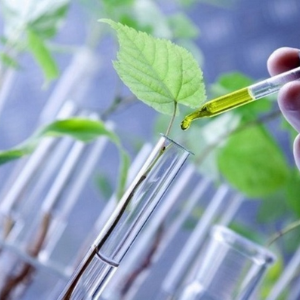
The Essentials of a State-of-the-Art Laboratory Equipment
For any laboratory to run effectively, the right type of equipment is essential. Such items range from microscopes and centrifuges to chambers storage , incubators and more. In this article, we’re going to delve deeper into the different types of equipment commonly found in laboratories and what they are used for.
The Variety of Equipment Used
In the context of laboratories, the term ‘equipment’ can refer to a huge variety of items, from large-scale computer systems to tiny pipette droppers. On a more basic level, some of the most widely-used items are pipettes, cylinders, weights, rulers and beakers. These items are all suitable for use with liquids, solids and gas, meaning that a wide range of experiments can be conducted with them. Most of these pieces of equipment are made from plastic or glass, with the latter being far more durable and resilient to damage over an extended period of time.
![]()
Centrifuges and their Uses
A centrifuge is a piece of specialized lab equipment that is primarily used to separate materials based on their shape, size and density. By using a centrifuge, one can quickly filter out particles from a sample that might have been difficult to detect otherwise. This process typically involves spinning the samples at high speeds in order to create a force that separates the components of the sample. The samples can then be separated by weight, diameter or other properties.
Incubators: Perfect for Growing Bacteria
An incubator is a device used to grow bacteria or cells in a controlled environment. Incubators can offer temperatures up to 100°C and humidity levels up to 95%, making them ideal for growing plenty of biological organisms. Many incubators feature temperature sensors, humidistats and other features that ensure that the environment inside the chamber is kept as constant as possible.
Microscopes: A Must Have
The microscope is probably one of the most recognizable pieces of laboratory equipment. It is typically used to view the structure of small objects impossible to see with the naked eye. Depending on the type of microscope, items like cells, tissues, microorganisms and even quantum particles can be examined in detail. Microscopes also come in various sizes, ranging from traditional stand-mounted models to smaller handheld varieties.
Chromatography: Separating Compounds for Further Analysis
Chromatography is a process used to separate mixtures of compounds into their individual components. This technique is usually employed when there is a need to analyse the composition of a complex mixture, such as a fuel or chemical. Chromatography works by percolating a sample through a column or paper filled with adsorbent material. Different components of the mixture will then travel through the medium at different rates, allowing them to be isolated from each other.
Data Collectors and Other Miscellaneous Items
Other common pieces of laboratory equipment include digital balance scales, thermometers and calipers. Data logging devices can also be found in many laboratories, used to collect data from many different sources. Additionally, stationery items like clipboards and pens are essential for keeping detailed records during experiments.
Overall, laboratories require a wide range of equipment in order to operate efficiently and effectively. From microscopes and incubators to centrifuges and chambers storage, the right combination of items can make all the difference when it comes to conducting successful experiments.





